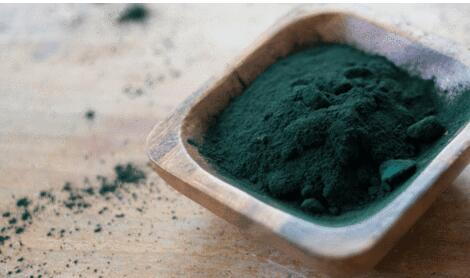 Spirulina mask manufacturing method
Spirulina mask manufacturing methodThe fresh spirulina mask contains a lot of biologically active substances, which are added to the human skin tissue by means of cream coating, which can effectively maintain the health of the skin, enhance the richness of skin cells and blood vessels, and show good cosmetic effects. Since spirulina contains more potassium, calcium, sodium, and other alkaline ions, it can neutralize acidic substanc...
 Spirulina is very effective for beauty care
Spirulina is very effective for beauty careSpirulina can delay aging: Spirulina contains many anti-aging active substances such as β-carotene, vitamin E and γ-linolenic acid. Spirulina contains a large amount of superoxide dismutase (SOD), which can effectively remove the body. Free radicals delay the aging process of the body and promote the normalization of human functions. Click on the picture to go to the next page >> Spiruli...
 What are the nutritious foods? Spirulina has a prominent position in nutritious foods
What are the nutritious foods? Spirulina has a prominent position in nutritious foodsModern life, people's life pressure, irregular life, combined with various industrial pollution, environmental pollution, garbage food flooding, etc., people's health level is generally low, in order to enhance physical fitness, many people seek nutritional food, then what are the nutritious food? Let's take a closer look at several nutritious foods, including spirulina. milk ...
 The benefits of eating spirulina
The benefits of eating spirulinaThe benefits of eating spirulina...
 Spirulina has dual use
Spirulina has dual useSpirulina is a lower plant that has no nucleus like bacteria, but it has the inherited function of treating high blood pressure, diabetes, malnutrition, and physical weakness. Therefore, people mostly eat spirulina as a health supplement in their daily life, but spirulina is also popular among friends. The following health channel Xiaobian to introduce to everyone how to eat spirulina Spiruli...
 Scientific flicker of functional ingredients such as spirulina
Scientific flicker of functional ingredients such as spirulinaScientific flicker of functional ingredients such as spirulina...
Sign up to receive exclusive promotions and health recipes via email.

